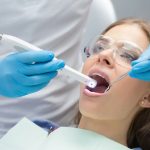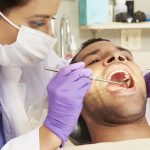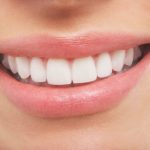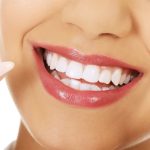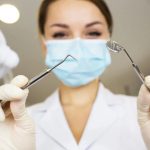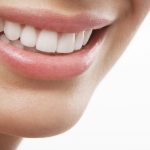Proper Teeth Alignment: How Should Your Teeth Sit?
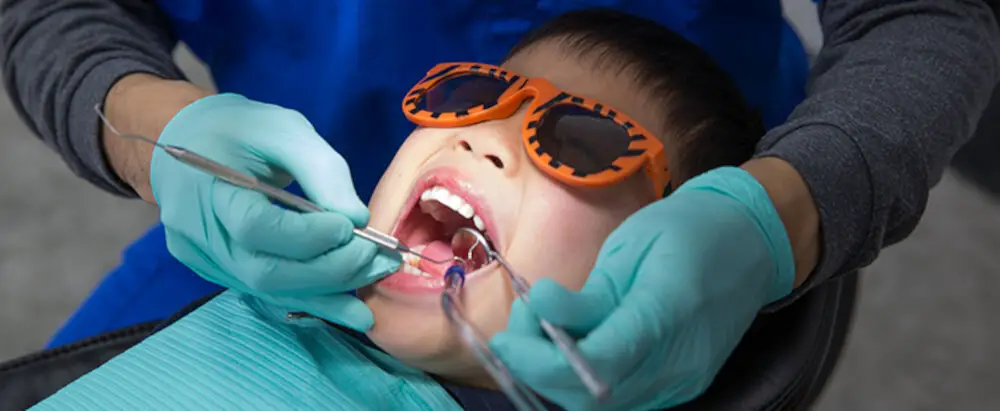
A bright and confident smile is an essential part of a person’s overall appearance and personality. Our teeth play a significant role in creating that sparkling smile. However, having crooked or misaligned teeth can affect not only our smile but also our oral health. Proper teeth alignment is crucial to maintain healthy teeth and gums, and it is something that many people strive for. But what does it mean to have proper teeth alignment? Teeth alignment refers to the way our teeth fit together when we close our jaws. Ideally, our upper teeth should fit slightly over our lower teeth, and the teeth on each side should be symmetrical. Proper teeth alignment also means that there is enough space between each tooth, allowing for proper cleaning and flossing. However, not everyone has naturally perfect teeth alignment. Genetics, habits such as thumb sucking, and injuries can all contribute to misaligned teeth. Fortunately, there are several ways to correct teeth alignment, and doing so can have significant benefits for both our oral health and overall confidence.
Proper teeth alignment refers to the ideal positioning of teeth that allows them to function efficiently, aesthetically pleasing, and maintain good oral health. Teeth that are correctly aligned are situated in a way that allows for optimal chewing, biting, and speech. When teeth are correctly positioned, they are easier to clean, reducing the risk of dental problems such as decay, gum disease, and bad breath. A properly aligned bite also reduces the likelihood of jaw pain, headaches, and even snoring. In addition to functional benefits, properly aligned teeth can enhance a person’s appearance, boosting their confidence and self-esteem. Achieving proper teeth alignment may require orthodontic treatment, such as braces or clear aligners, and regular dental check-ups to maintain good oral health.
Proper teeth alignment is crucial for both oral health and aesthetics. Misaligned teeth can lead to a variety of dental issues, such as gum disease, tooth decay, and even tooth loss. Teeth that are crowded or crooked can be difficult to clean, making them more susceptible to plaque and tartar buildup. Additionally, misaligned teeth can cause problems with chewing and speaking, and they can even impact your self-confidence. Fortunately, there are many options available for correcting misaligned teeth, including braces, clear aligners, and retainers. By investing in proper teeth alignment, you can improve your overall oral health and enhance the appearance of your smile.
Types of Teeth Misalignment
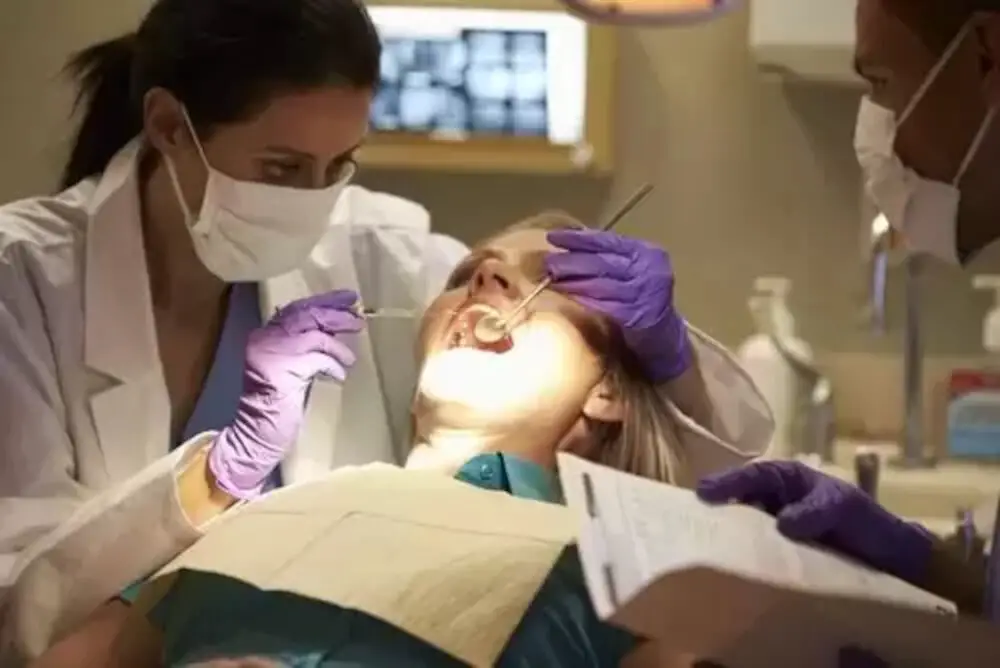
When it comes to proper teeth alignment, there are various types of teeth misalignments that can occur. One of the most common types is overcrowding, which happens when there isn’t enough space in the mouth for all the teeth to grow in properly. This can cause the teeth to overlap, twist, or become crooked, making it difficult to clean them properly and leading to a higher risk of tooth decay and gum disease. Another type of misalignment is spacing, which happens when there is too much space between teeth. This can be caused by missing teeth, abnormal growth patterns, or other factors, and can lead to problems with biting and chewing, as well as self-confidence issues. Another type of teeth misalignment is called an overbite, which occurs when the upper front teeth protrude out over the lower teeth. This can be caused by a variety of factors, including genetics, thumb-sucking, and tongue-thrusting. An underbite is another type of misalignment, which occurs when the lower teeth protrude out past the upper teeth. This can lead to problems with biting and chewing, as well as speech issues. Other types of misalignments include crossbite, where the teeth in one jaw don’t properly align with the teeth in the other jaw, and open bite, where the front teeth don’t meet properly when the mouth is closed. No matter what type of misalignment you have, it’s important to seek treatment from a dental professional to ensure that your teeth are properly aligned and healthy.
Overbite, also known as malocclusion, occurs when the upper front teeth overlap with the lower front teeth. This dental condition is quite common and can be caused by various factors such as genetics, thumb-sucking, and prolonged use of pacifiers. In some cases, overbite can cause discomfort, speech difficulties, and even lead to jaw pain. Fortunately, there are several treatment options available for overbite, including braces, dental appliances, and surgery. It’s important to address this issue early on to prevent further complications in the future and to ensure proper alignment of teeth for a healthy and beautiful smile.
An underbite is a dental condition where the lower jaw protrudes beyond the upper jaw, resulting in the lower teeth sitting in front of the upper teeth. This can lead to aesthetic and functional problems such as difficulty chewing, speaking, and breathing. Underbites can be caused by genetic factors, abnormal jaw growth, or habits such as thumb-sucking. Treatment options include orthodontics, jaw surgery, and dental appliances. It is important to address underbites as they can lead to more serious dental and health issues over time.
Crossbite is a dental condition that occurs when the upper and lower teeth do not align correctly when biting down. This misalignment can lead to several dental problems, including premature wear of teeth, gum damage, and even temporomandibular joint disorder (TMD), which causes pain and stiffness in the jaw. Crossbite can be caused by several factors, including genetics, thumb-sucking, and mouth breathing. It is important to consult a dentist if you suspect that you have crossbite, as early intervention can prevent further damage and improve the overall health of your teeth and gums. Treatment options for crossbite include orthodontic appliances, such as braces or aligners, and in severe cases, surgical intervention may be necessary.
Open bite is a dental condition where the upper and lower front teeth do not meet when the mouth is closed. This misalignment causes a gap between the upper and lower teeth, which can make biting and chewing difficult. Open bite can also lead to speech problems, as the tongue may protrude through the gap when speaking. This condition can be caused by a variety of factors including thumb sucking, tongue thrusting, and genetics. Orthodontic treatment, such as braces or a jaw expander, can be used to correct open bite and improve dental function and aesthetics. It is important to address open bite early on, as it can lead to long-term dental problems if left untreated.
Crowding is a common issue when it comes to teeth alignment, and it occurs when there isn’t enough space in the mouth to accommodate all the teeth. This can lead to crooked or overlapping teeth, which not only affect the appearance of your smile but also make it difficult to maintain good oral hygiene. Crowding can be caused by a variety of factors, including genetics, tooth size, and early loss of baby teeth. It’s important to address crowding early on, as it can lead to further dental issues down the line. Treatment options for crowding include braces, clear aligners, and in severe cases, extraction of teeth to create more space.
Spacing refers to the gaps or spaces between teeth, which may occur due to various reasons, such as genetics, poor dental hygiene, or trauma. While some people may consider spaced teeth as a unique feature, it can also cause several dental issues, such as difficulty in chewing and speaking, gum disease, and tooth decay. The severity of spacing varies from mild to severe, and it can be corrected through various orthodontic treatments, such as braces, aligners, or veneers. Proper spacing alignment not only improves the appearance of your smile but also promotes better oral health, making it easier to maintain good dental hygiene practices.
Causes of Teeth Misalignment

Teeth misalignment is a common dental problem that can affect anyone. It occurs when the teeth are not properly aligned, leading to crooked, crowded, or protruding teeth. There are several causes of teeth misalignment, including genetics, poor oral habits, and dental trauma. Genetics plays a significant role in teeth alignment since the shape and size of the jawbone are hereditary. If a child inherits a small jaw from their parents, they are more likely to have crowded or crooked teeth. Poor oral habits such as thumb-sucking, mouth breathing, and tongue thrusting can also cause teeth misalignment. These habits can exert pressure on the teeth and alter their position over time. Additionally, dental trauma such as accidents or injuries can cause teeth misalignment. Trauma can affect the jawbone, teeth, and surrounding tissues, leading to misalignment. Another cause of teeth misalignment is early loss of primary teeth. Primary teeth act as a guide for the permanent teeth. When a child loses their primary teeth too early, the permanent teeth can drift into the empty space, leading to crowding and misalignment. Poor nutrition can also contribute to teeth misalignment. For instance, vitamin D and calcium deficiency can affect the growth and development of teeth and bones, leading to malocclusion. Other factors such as pacifier use, prolonged bottle feeding, and orthodontic problems can also cause teeth misalignment. It is essential to identify the cause of teeth misalignment to determine the appropriate treatment plan. Orthodontic treatment, such as braces or aligners, can correct teeth misalignment and improve dental health and overall well-being.
Genetics plays a significant role in the proper alignment of teeth. Some people may have inherited a narrow jaw, overcrowding, or malocclusion from their parents. These conditions can cause teeth to shift out of alignment, leading to discomfort, difficulty chewing, and problems with speech. However, genetics is not the only factor that affects teeth alignment. Environmental factors such as thumb sucking, tongue thrusting, and poor oral habits can also impact how teeth develop and align. It is important to maintain good oral hygiene habits, visit the dentist regularly, and consider orthodontic treatment if necessary to achieve proper teeth alignment.
Childhood habits play a significant role in determining the alignment of teeth. Thumb sucking, tongue thrusting, and mouth breathing are common childhood habits that can cause misalignment of teeth if not corrected early on. Thumb sucking applies pressure on the front teeth, causing them to push forward. Tongue thrusting, which is the habit of pushing the tongue against the front teeth while swallowing, can also cause teeth to move forward. Mouth breathing, on the other hand, can lead to a narrow upper jaw and a crowded lower jaw. It is essential to identify and correct these habits early on to prevent future dental problems and ensure proper teeth alignment.
Mouth injuries can occur due to various reasons, including sports accidents, falls, or collisions. These injuries can impact the teeth, gums, lips, tongue, and jawbone. In some severe cases, the damage can be permanent and impact the proper alignment of the teeth. It is crucial to seek immediate medical attention in case of a mouth injury to prevent further complications. Proper teeth alignment can also prevent mouth injuries as misaligned teeth can cause bites that increase the risk of injury. Therefore, it is essential to maintain good oral hygiene and visit a dentist regularly to ensure proper teeth alignment and avoid any potential mouth injuries.
Medical conditions can greatly affect the alignment of one’s teeth. For instance, conditions like cleft palate, Down syndrome, and Ehlers-Danlos syndrome can cause misaligned teeth. In addition, people who suffer from bruxism (teeth grinding) or temporomandibular joint (TMJ) disorders may have misaligned teeth as a result of the constant grinding and clenching of their teeth. It is important to address these medical conditions in order to properly align the teeth and prevent further complications, such as gum disease or tooth decay. Seeking medical attention and discussing treatment options with a dentist or orthodontist can help alleviate these issues and ensure proper teeth alignment for a healthier smile.
Signs of Teeth Misalignment
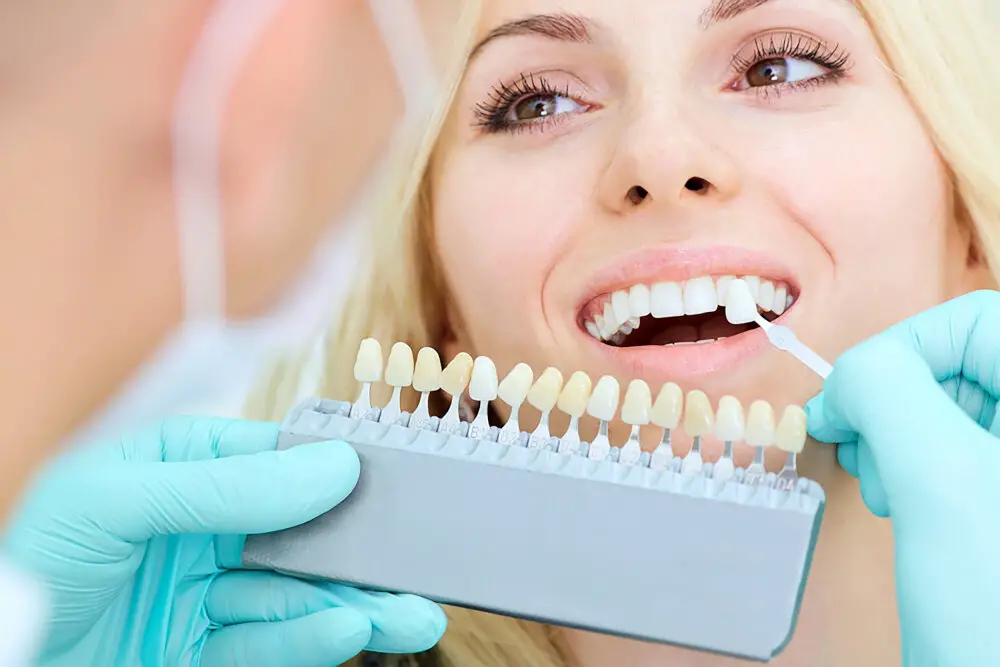
The alignment of teeth is an essential aspect of a healthy and beautiful smile. Teeth misalignment is a common problem that affects many people, and it can lead to various dental issues if left untreated. Some of the signs of teeth misalignment include crooked, crowded, or protruding teeth, gaps between teeth, overbite, underbite, crossbite, and open bite. Additionally, misaligned teeth can cause difficulty in chewing and speaking, jaw pain, headaches, and increased risk of tooth decay and gum disease. One of the most noticeable signs of teeth misalignment is crooked or crowded teeth. Crooked teeth occur when teeth do not align correctly, causing them to be at different angles or positions. Crowded teeth, on the other hand, occur when there is not enough space in the jaw to accommodate all the teeth, causing them to overlap or twist. Both crooked and crowded teeth can make it difficult to clean teeth properly, leading to an increased risk of tooth decay and gum disease. If you notice any signs of teeth misalignment, it is essential to seek the advice of a dental professional who can recommend the appropriate treatment to correct the problem and prevent further dental issues.
Visible misalignment refers to the condition where teeth are not properly aligned, leading to an unsightly appearance and potential dental problems. The most common causes of visible misalignment are genetics, poor dental hygiene, and improper tooth development. The condition can manifest in different ways, such as gaps between teeth, overcrowding, overbite or underbite, protruding teeth, and crooked teeth. Visible misalignment can affect a person’s self-esteem and confidence, making them hesitant to smile or speak in public. It can also lead to functional issues, such as difficulty chewing or speaking, and increase the risk of dental problems, including tooth decay, gum disease, and jaw pain. Therefore, it is essential to seek proper dental treatment to correct visible misalignment and achieve optimal oral health and aesthetics.
Difficulty biting and chewing can be a result of improper teeth alignment. When our teeth are not properly aligned, it can cause discomfort and pain while chewing, and even lead to more serious dental issues such as temporomandibular joint disorder (TMD). Misaligned teeth can also make it difficult to properly clean our teeth, leading to a buildup of plaque and bacteria that can result in tooth decay and gum disease. Proper teeth alignment not only improves our ability to eat comfortably, but also promotes good oral health and a beautiful smile. If you are experiencing difficulty biting and chewing, it is important to consult with a dental professional to determine if misalignment is the cause and to discuss treatment options.
Speech difficulties can often stem from improper teeth alignment. When teeth are not in their proper position, it can cause difficulty with articulation and pronunciation of certain sounds. For example, an overbite can make it difficult to properly pronounce \s\ and \z\ sounds, while an underbite can make it difficult to pronounce \v\ and \f\ sounds. Additionally, misaligned teeth can also cause a lisp or difficulty with speaking clearly. Proper teeth alignment can not only improve the appearance of your smile, but can also improve your ability to communicate effectively.
Jaw pain and discomfort are often symptoms of misaligned teeth. When your teeth don’t sit properly, your bite can become uneven, causing strain on your jaw muscles and joint. This can lead to jaw pain, headaches, and even earaches. In severe cases, misaligned teeth can also lead to temporomandibular joint disorder (TMJ), a condition that affects the jaw joint and can cause pain, clicking or popping sounds when you open and close your mouth, and difficulty chewing. Proper teeth alignment is crucial to avoid these issues and maintain a healthy, pain-free jaw.
Gum disease and tooth decay are two of the most common dental problems that people face. Gum disease, also known as periodontal disease, is caused by the buildup of plaque on the teeth and gums. This can lead to inflammation and infection, which can eventually cause the gums to recede and the teeth to become loose. Tooth decay, on the other hand, is caused by the buildup of acid on the teeth, which can eat away at the enamel and eventually cause cavities. Both of these conditions can be prevented by maintaining good oral hygiene practices, such as brushing and flossing regularly, and visiting the dentist for regular cleanings and checkups. Proper teeth alignment can also play a role in preventing these conditions, as it can make it easier to clean the teeth and gums effectively.
Treatment Options for Teeth Misalignment
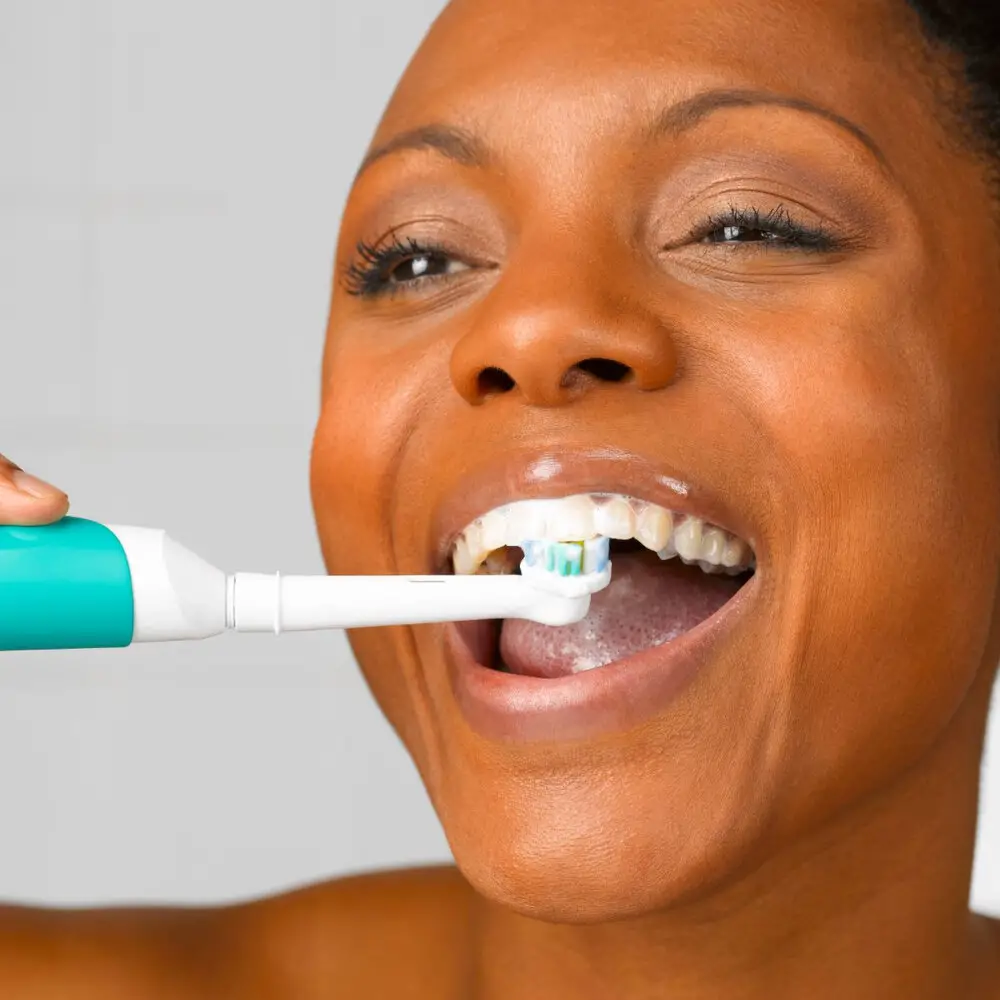
Teeth misalignment is a common dental problem that affects people of all ages. The condition can cause several issues, such as difficulty in biting and chewing, speech problems, and self-esteem issues. Fortunately, there are several treatment options available to correct misaligned teeth. The most popular treatment options include braces, clear aligners, and retainers. Braces are the most effective treatment for correcting severely misaligned teeth. They consist of metal brackets that are attached to the teeth and wires that are tightened to gradually move the teeth into their proper positions. Braces can be uncomfortable and require frequent adjustments, but they are highly effective in improving the alignment of teeth. Clear aligners are an alternative treatment option to braces that have become increasingly popular over the years. They consist of custom-made, clear plastic trays that are worn over the teeth. Clear aligners are virtually invisible, which makes them a popular choice among adults who are self-conscious about wearing braces. The trays are replaced every few weeks, gradually shifting the teeth into their proper positions. Clear aligners are more comfortable than braces, and patients can remove them when eating and brushing their teeth. However, they are more expensive than braces and may not be as effective in correcting severe misalignments. Retainers are another option for correcting minor teeth misalignments. They are custom-made devices that are worn at night to help maintain the position of the teeth after braces or clear aligners have been removed. Retainers are less expensive than braces or clear aligners, and they are less noticeable. However, they are not effective in correcting severe misalignments and must be worn consistently to maintain the results.
Orthodontic braces are a common treatment option for correcting teeth misalignment. These devices consist of brackets and wires that apply gentle pressure to the teeth, gradually shifting them into their correct positions. Braces can correct a wide range of issues, including crooked teeth, crowded teeth, overbites, underbites, and gaps between teeth. While braces are often associated with children and teenagers, they can be used by individuals of all ages to achieve a healthier and more confident smile. Today, there are many different types of braces available, including traditional metal braces, clear braces, and lingual braces, which are placed on the back of the teeth. Patients who choose orthodontic braces can enjoy improved oral health, increased self-esteem, and a more attractive smile.
Clear aligners are an alternative to traditional braces for people who want to straighten their teeth. They are made of clear, plastic material that fits snugly over the teeth, gradually shifting them into the desired position. Clear aligners have become increasingly popular because they are virtually invisible, comfortable to wear, and can be easily removed for eating and brushing. The treatment usually takes several months to a year, during which the patient will wear a series of custom-made aligners for a specific amount of time each day. Clear aligners can correct a range of dental issues, including crooked teeth, gaps, and overbites, and are a convenient and effective way to achieve a beautiful, healthy smile.
Retainers are orthodontic devices that help maintain the proper alignment of teeth after braces have been removed. They are custom-made to fit an individual’s teeth and can be either removable or fixed. Retainers work by applying gentle pressure to teeth, keeping them in their corrected positions. Removable retainers are typically made of plastic or acrylic and are worn for a certain period of time each day, while fixed retainers are bonded to the back of the teeth and are worn indefinitely. Proper use of retainers is crucial to maintaining the results of orthodontic treatment and ensuring a healthy, beautiful smile for years to come.
Surgery is an option for those who require significant adjustments to their teeth and jaw alignment. Orthodontic surgery is a specialized procedure that involves the manipulation of the jaw and teeth to correct a misaligned bite. It is usually recommended for patients with severe malocclusion or facial deformities that cannot be corrected with braces alone. This type of surgery is performed by a skilled oral surgeon and may involve cutting and moving the jawbone or repositioning the teeth to achieve proper alignment. Although it can be a more invasive and expensive option, orthodontic surgery can provide life-changing results for those who require it.
Seeking professional help for teeth misalignment is crucial for maintaining overall oral health. Misaligned teeth can lead to a variety of issues, including difficulty chewing, speech impediments, and jaw pain. It can also cause problems with the gums, such as periodontal disease, and increase the risk of tooth decay and cavities. In addition to the functional aspects, addressing misaligned teeth can also improve the appearance of one’s smile, boost self-confidence, and enhance overall quality of life. With the help of an orthodontist, patients can receive personalized treatment plans tailored to their specific needs and achieve a healthy, beautiful smile that they can be proud of.
Proper teeth alignment is essential for a healthy and beautiful smile. There are various treatment options available today to achieve perfect teeth alignment. Traditional braces are still the most popular option for teeth alignment, but newer alternatives include clear aligners, lingual braces, and self-ligating braces. Clear aligners are made of clear plastic and are nearly invisible, making them an excellent choice for adults who want to maintain a professional appearance while undergoing treatment. Lingual braces are placed behind the teeth and are also invisible, while self-ligating braces use a special mechanism to hold the wire in place, reducing the need for frequent adjustments. Ultimately, the best treatment option depends on individual circumstances, so it is always best to consult with an orthodontist to determine which option is best for you.
Proper teeth alignment is not just about having a perfect smile, but it also has numerous benefits for your oral health. When your teeth sit in their correct positions, it’s easier to brush and floss, which helps prevent tooth decay, gum disease, and bad breath. Straight teeth also prevent excessive wear and tear on your teeth, reducing the risk of chipped or cracked teeth. Proper teeth alignment can also improve your bite, reducing the risk of jaw pain or headaches. Additionally, a beautiful smile can boost your confidence and self-esteem, allowing you to feel more comfortable in social situations. Overall, the benefits of proper teeth alignment extend beyond just aesthetics and can greatly improve your overall oral health and well-being.
Conclusion
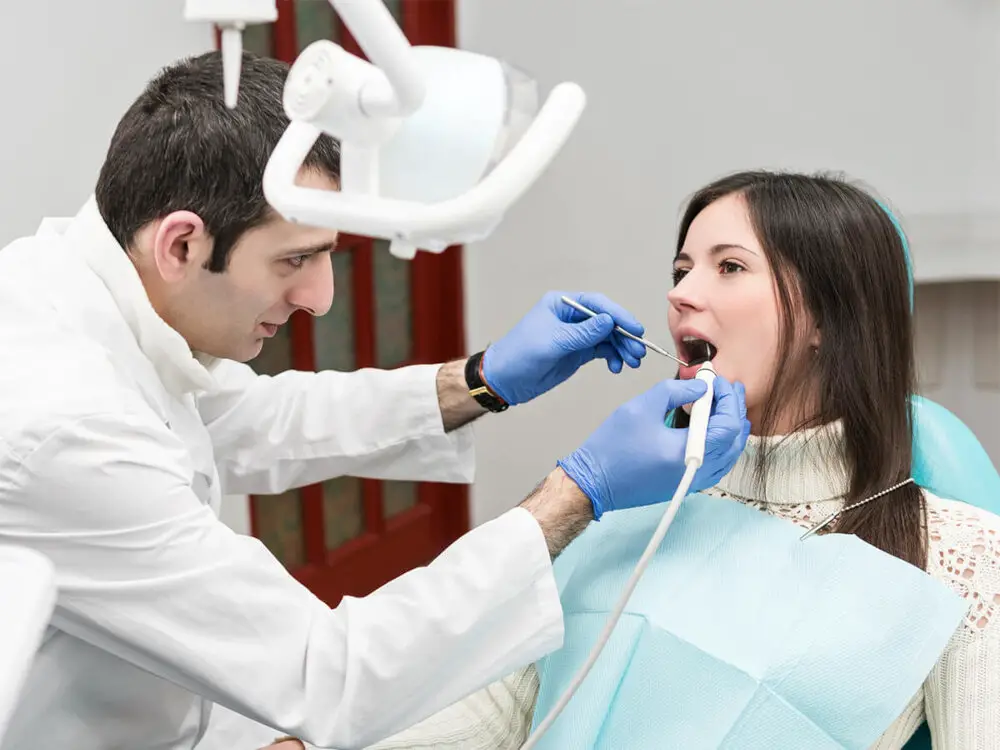
In conclusion, proper teeth alignment is not only important for a beautiful smile, but also for overall oral health. Misaligned teeth can lead to various dental issues such as gum disease, tooth decay, and even jaw problems. Understanding how your teeth should sit and seeking appropriate treatment, whether it be braces, aligners or other orthodontic options, can improve not only your oral health but your confidence and self-esteem. Remember, investing in your dental health now can save you from more serious and expensive problems down the road. So, don’t hesitate to consult with your dentist or orthodontist and start your journey towards a healthy and beautiful smile.
